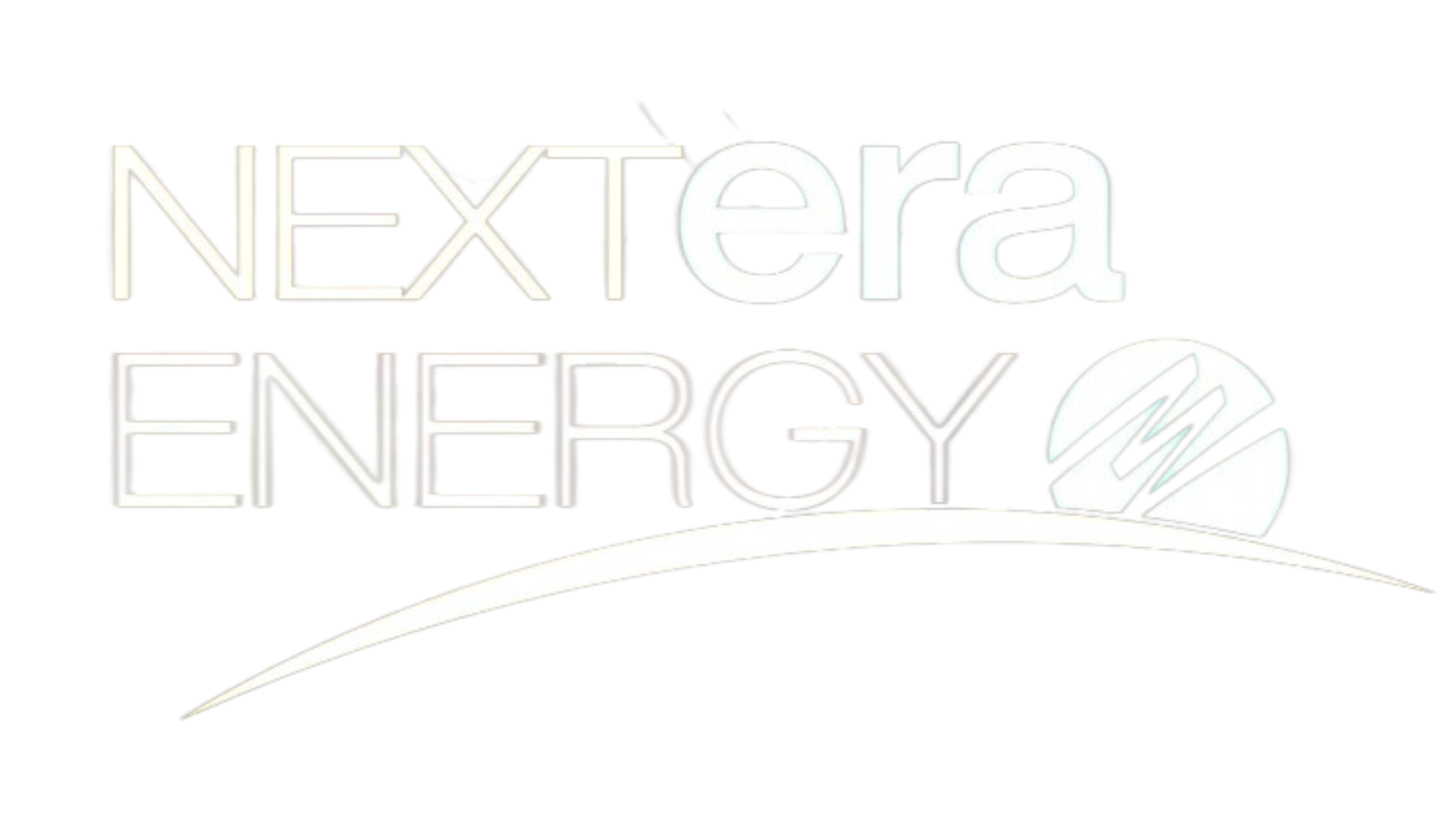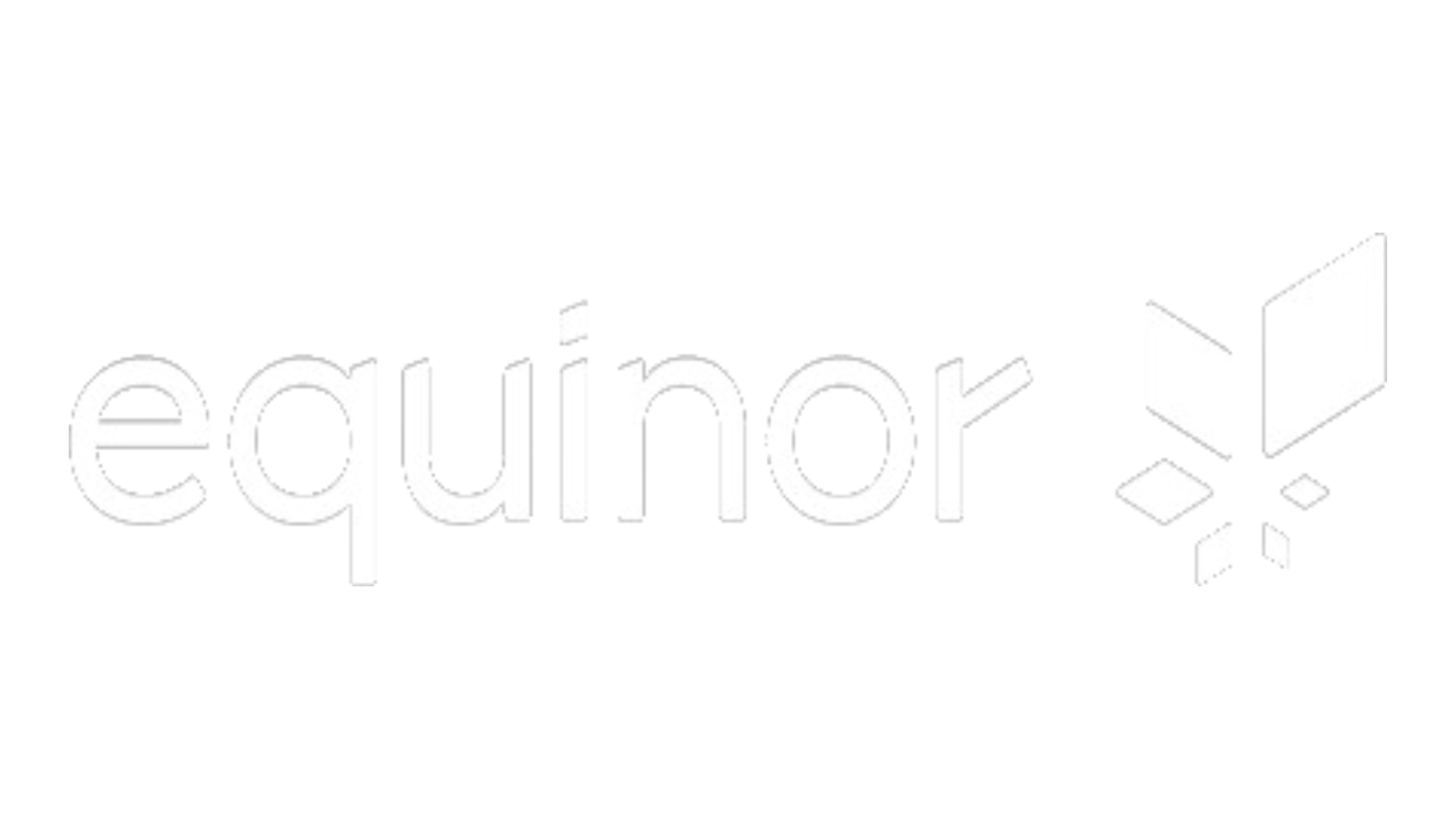Green Tip: Water Is Life!
Green Tips | March 28, 2018
Water is one of our most precious resources; from streams and lakes to the water that flows from our taps, NYLCV and NYLCVEF are committed to protecting our water through advocacy, civic engagement, and our educational programming. On the federal level, the Clean Water State Revolving Fund (CWSRF) provides resources for local water projects around the country. In New York State, the $2.5 billion investment for improving clean water infrastructure will ensure New Yorkers are protected from contaminants in drinking water. Regional programs, like the Delaware River Basin Restoration Program (DRBRP) and the EPA’s Chesapeake Bay Program, both of which received funding in the federal Omnibus budget passed last week, provide funding specifically for local communities to conserve and restore water quality in these crucially important watersheds.
To celebrate these wins for water, we give you easy tips for how you can do your part in protecting New York’s waterways. Our partners at the Delaware Highlands Conservancy offer an amazing program—the Clear Choices Clean Water program—to educate and engage people on the impacts our choices make on our streams and lakes. DHC is committed to conserving the natural heritage and quality of life for communities in the Upper Delaware region, one of the most pristine and biodiverse watersheds in the country. The reservoirs of the Delaware River provide more than 15 million people with drinking water, including most of New York City. NYLCVEF is proud to be part of the multistate efforts to protect the Delaware. Learn about this work by visiting 4states1source.org.
Whether you live in the Delaware watershed or not, the Clear Choices Clean Water program offers some great tips for anyone looking to do their part when it comes to protecting water. Here are just a few:
Protect our forests: Forests play a crucial part of the water cycle through a process called transpiration, which is the way moisture travels from soil into the roots and leaves of trees and then back into the atmosphere. Forests also help slow the filtration process, making them a great buffer during rain and snow events.
What you can do:
- Plant a native tree!
- If you have forests on your property, make sure you are managing it sustainably. Work with a Forester to develop a Forest Management Plan.
- Support your local forests and those who manage them by shopping locally for maple syrup, lumber, or other woodworking needs.
Use native plants in your garden: Pavement and other impervious surfaces like roofs, roads, and parking lots prevent rain from soaking into the ground, which leads to it running off and picking up oil remnants from the road, pet waste and fertilizers from our yards, etc. By planting a rain garden or using native plants on your property—which are particularly well-suited for absorption—you can do your part in protecting our waterways from polluted run-off. Native plants also provide nice habitats for pollinators, which are not only beautiful (think butterflies!) but are necessary for agriculture. Here is a great guide to designing rain gardens and using native plants by the New York Flora Association.
Don’t over-fertilize, and look for eco-friendly fertilizers: Fertilizer provides nutrients to plants, which helps them grow and thrive. However, over-fertilizing can kill plants and excess fertilizer often finds its way into streams and lakes, which feed algae and can lead to toxic algal blooms. Look for phosphorus-free fertilizer. To avoid over-fertilizing, have your soil tested to find out what added nutrients (if any) your lawn and garden actually need.
Volunteer to protect your local waterways: Inquire within your community about stream clean-ups or tree or native plants planting days, or organize your own! Getting out into the fresh air and donating your time is a great way to connect with fellow community members and the natural environment. There are lots of ways to get involved, and every little bit helps.
For more information and tips, check out Clear Choices Clean Water. You can see what others are doing and take the pledge to protect our water.
< Back to Citizen’s Toolkit








